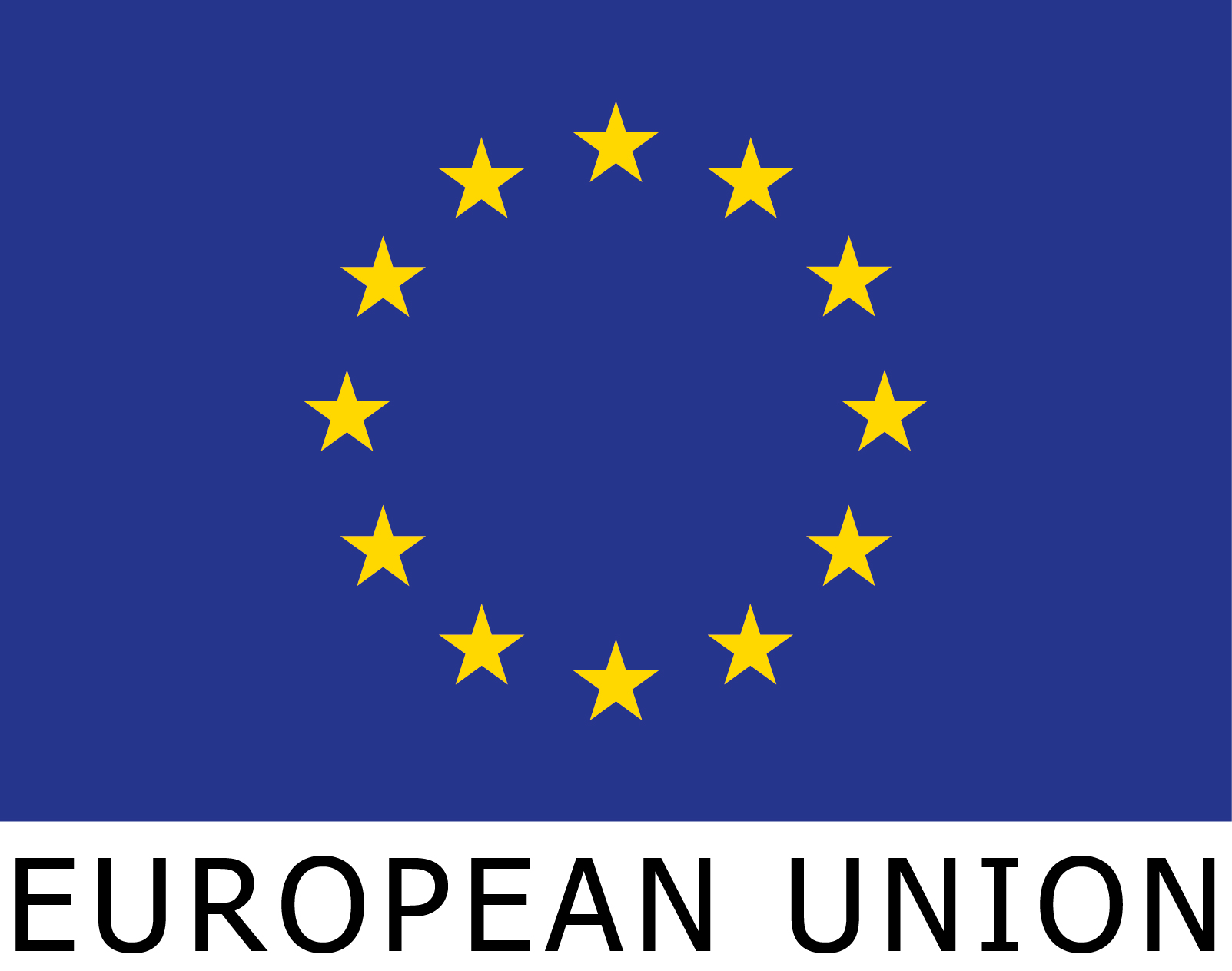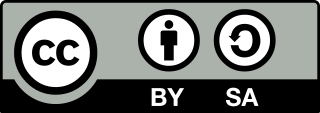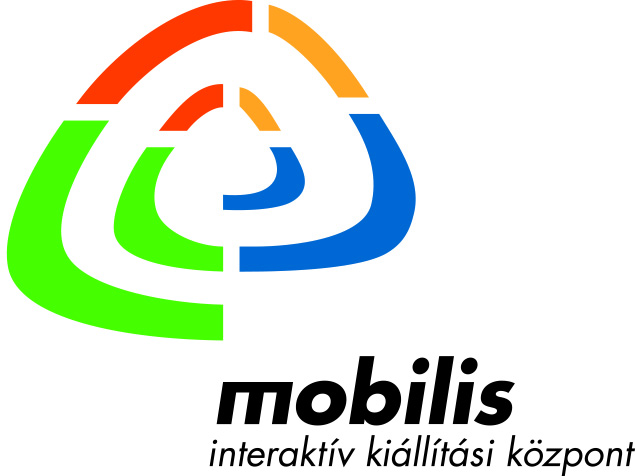AI for Oceans
Introduce the website
Introduce the students to the project AI for Oceans from code.org. In general, this project consists of five consecutive exercises (2, 3, 4, 6 and 8) and three optional videos (1, 5 and 7). While the language can be selected, at the time of writing, most of the content is only available in english. The videos support subtitles in many languages but can also be skipped by selecting the next number (level) at the center top of the screen.
Start training the AI
Units 2, 3 and 4 are about training a basic AI to recognize what belongs into the ocean and what doesn't. At this point it is unclear how the AI differentiates between the objects, but students should get a basic idea that training is very dependant on the amount and quality of labeled data.
Learn about features
Unit 6 introduces the concept of features. After training the AI for categorizing fish in different categories, one can look at more detailed information (i-button at the top right) about how the AI makes a decision based on different features. It is also possible to click on the individual fish to see the relevance of individual features.
More abstract categories
The last unit (8) provides the students with more abstract categories with no clear boundaries. Therefore it becomes more clear that the process of training an AI can be very subjective and therefore prone to human biases.
Discuss what was experienced
Lastly a short discussion is recommended, to reflect on what the students did and what they learned about training an AI. During the discussion focus on how the AI was able to differentiate between objects (features) and how good the results where depending on the training sample size.







